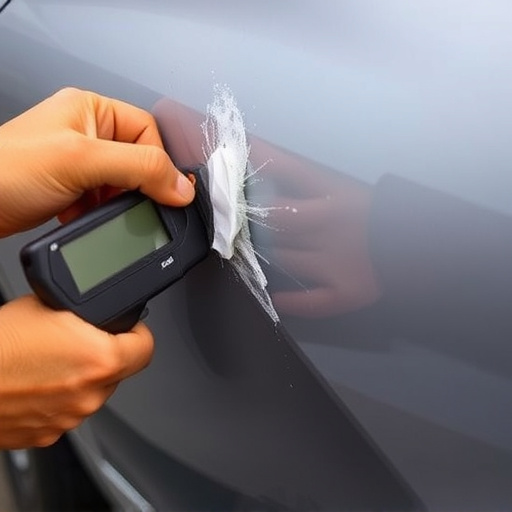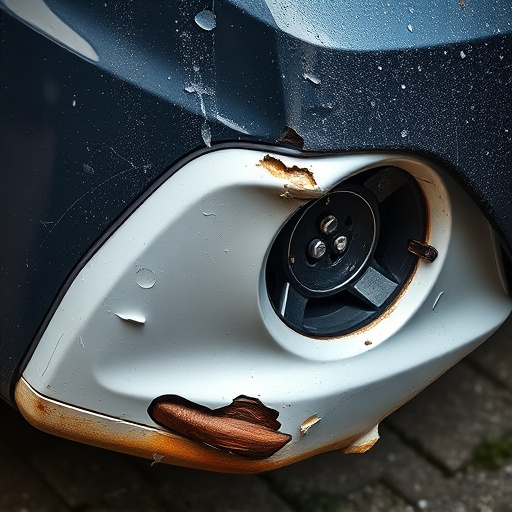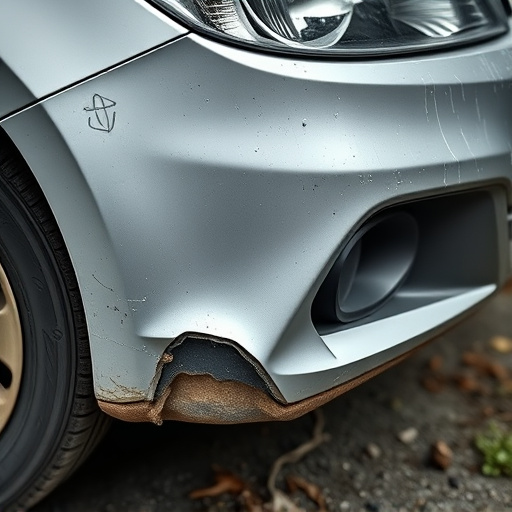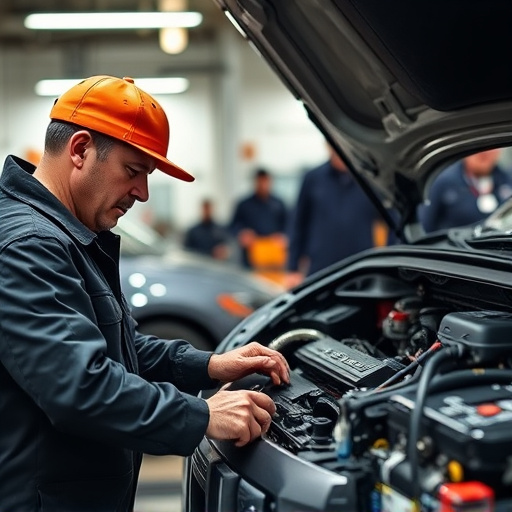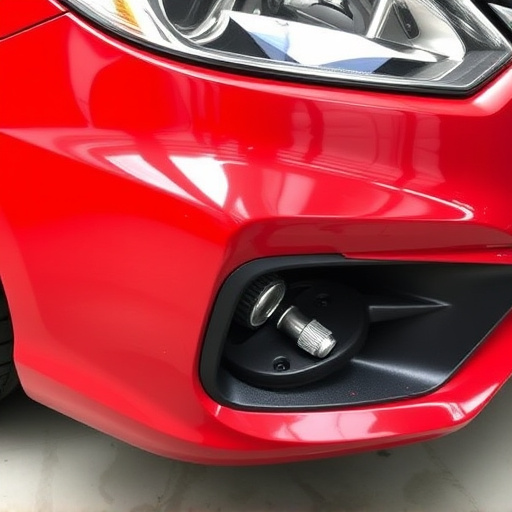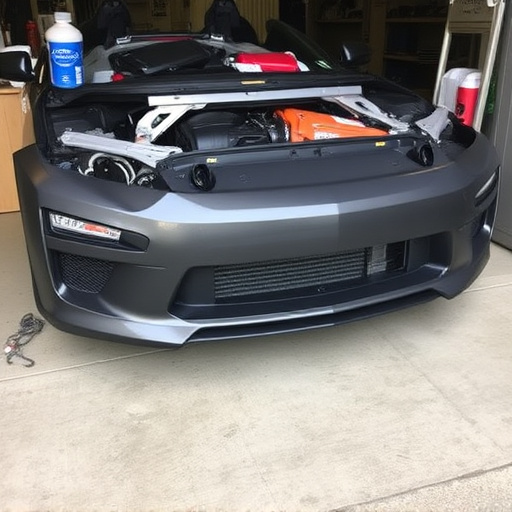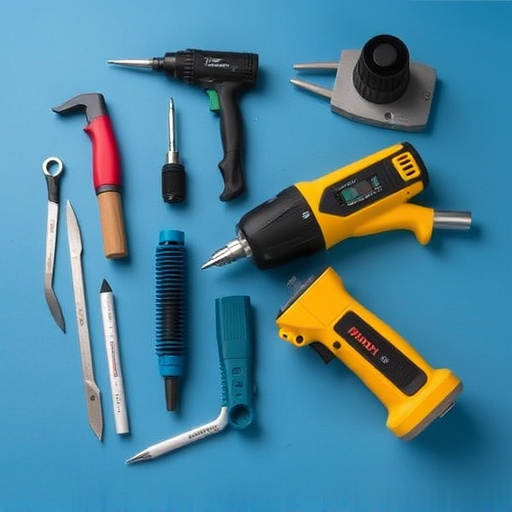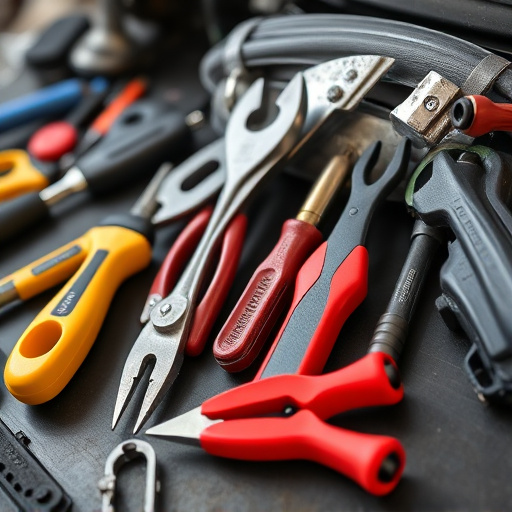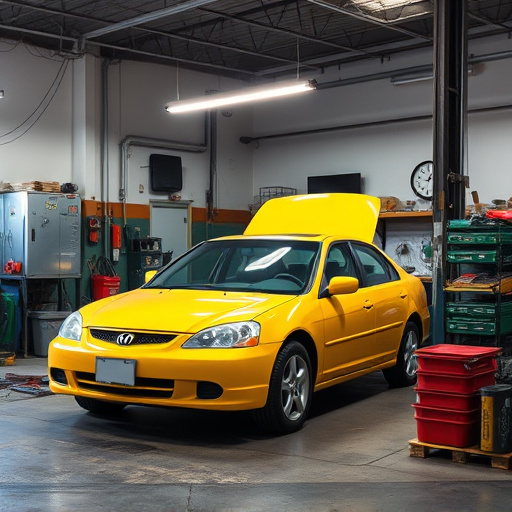OEM repair procedures are vital for maintaining and boosting vehicle quality, especially resale value. Access to these guidelines ensures accurate repairs, enhancing safety and performance. Ready access to original parts preserves a car's condition, appealing to buyers and increasing resale value. In the digital age, transparent OEM procedures influence consumer decisions, driving market trends towards higher standards and accountability in the automotive industry. Vehicle owners seek certified professionals adhering to OEM guidelines for reliable, cost-effective, and high-quality repairs.
The accessibility of Original Equipment Manufacturer (OEM) repair procedures and parts significantly influences vehicle resale value. This article explores how consumer demand for transparent, accessible OEM repair options impacts car markets. We delve into the role of OEM procedures in ensuring quality repairs, their effect on part availability, and subsequent effects on vehicle resale prices. By understanding these dynamics, automakers and consumers alike can navigate evolving market trends, fostering a more transparent and robust automotive industry.
- Understanding OEM Repair Procedures and Their Role
- Access to OEM Parts: The Resale Value Impact
- Consumer Perception and Market Trends Shifts
Understanding OEM Repair Procedures and Their Role

OEM (Original Equipment Manufacturer) repair procedures play a pivotal role in maintaining and enhancing vehicle quality, especially when it comes to resale value. These comprehensive guidelines detail the precise steps and standards required for repairs, ensuring that vehicles return to their original condition or even surpass it. Each procedure is tailored to specific vehicle models, addressing everything from structural integrity (e.g., frame straightening) to aesthetic refinements like paintwork and dent removal in the car body shop.
Access to OEM repair procedures empowers both manufacturers and trusted vehicle body shops to conduct repairs accurately and efficiently. This accessibility fosters a culture of quality control, as authorized dealers and skilled technicians can follow these protocols to restore vehicles to their optimal state. As a result, owners benefit from enhanced safety, better performance, and a higher resale value when selling their vehicles in the future, ensuring that investment is safeguarded through proper care and adherence to OEM standards.
Access to OEM Parts: The Resale Value Impact
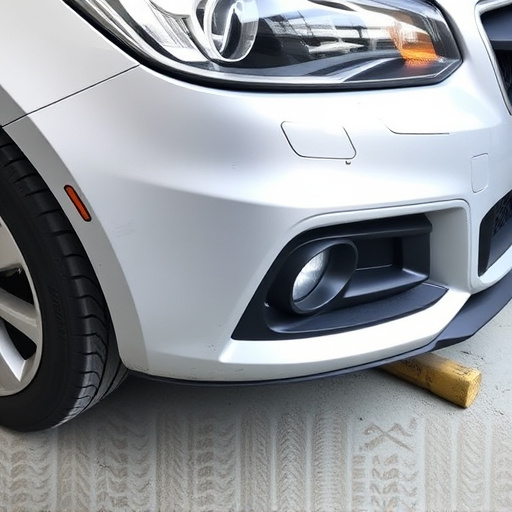
Access to original equipment manufacturer (OEM) parts plays a significant role in determining a vehicle’s resale value. When an OEM repair procedure allows for easy acquisition of genuine parts, it enhances the car’s overall condition and appeal to potential buyers. These authentic components ensure that the vehicle returns to its original specifications, preserving its aesthetic and mechanical integrity. As such, cars with readily available OEM parts often command higher resale values compared to those where these parts are hard to come by or replaced with aftermarket alternatives.
For fleet repair services or individual vehicle restoration projects, having a reliable source for OEM parts is crucial. Even in the case of seemingly minor repairs like bumper damage, using genuine OEM parts can make a notable difference in the car’s resale value down the line. This is because buyers are often willing to pay a premium for vehicles that exhibit signs of thoughtful maintenance and original equipment, perceiving them as more reliable and less prone to future repair issues.
Consumer Perception and Market Trends Shifts
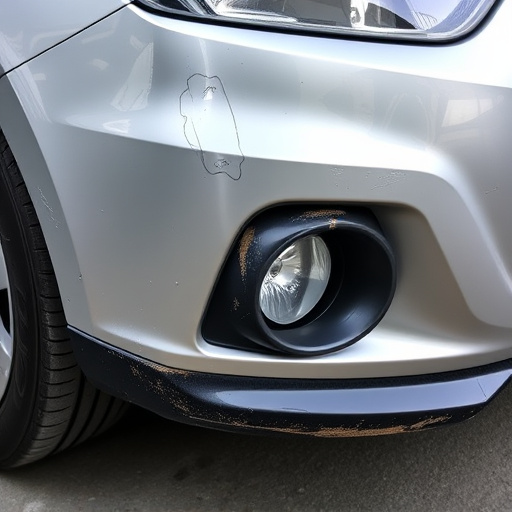
In today’s market, consumer perception plays a significant role in shaping vehicle resale values. With the rise of digital information and social media, buyers have access to countless resources that influence their decisions. The availability of transparent OEM (Original Equipment Manufacturer) repair procedures has become a game-changer in this aspect. Consumers are now more aware of the potential cost savings and quality benefits associated with authentic, manufacturer-recommended repairs, including processes like dent removal and collision repair. This shift in awareness is driving market trends, pushing for higher standards of transparency and accountability within the automotive industry.
As a result, many vehicle owners are seeking out certified professionals who adhere to OEM guidelines for car dent repair and collision repair services. They recognize that these procedures not only preserve the vehicle’s original value but also ensure the safety and reliability of their rides. This new trend is challenging traditional repair practices, forcing businesses to adapt and offer more specialized, high-quality services to meet consumer expectations.
The accessibility of Original Equipment Manufacturer (OEM) repair procedures and parts significantly influences vehicle resale value. By providing consumers with reliable, genuine components and standardized repair methods, automakers can maintain higher resale values. Conversely, limited access to OEM resources may lead to depreciation concerns among potential buyers. As market trends shift towards transparent repair processes and eco-friendly practices, ensuring open access to OEM repair procedures becomes paramount for automakers to stay competitive and meet evolving consumer expectations.
